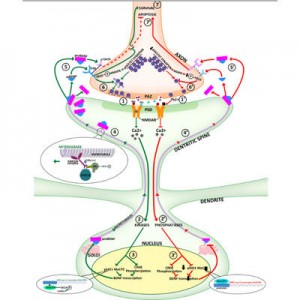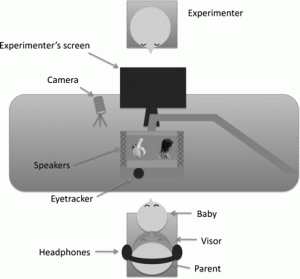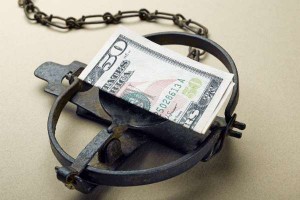Because regular strawberries are just too mainstream.
A new darker coloured strawberry, Purple Wonder, made its debut at the Philadelphia International Flower Show on Monday (March 5). This new type of strawberry has an exclusive licensing agreement with seed giant W. Atlee

The new breed of Purple Wonder strawberry is shown on the left, next to a conventional variety called the Jewel. CREDIT: W. Atlee Burpee & Co
Burpee Co. This strawberry was bred by horticulturists at Cornell University and is the 42th strawberry variety by the Cornell fruits breeding program. Other hybrid fruits from this program include the ‘Herriot’ strawberry, which is a high-yielding midseason strawberry, and the ‘Crimson Giant’ raspberry that is suitable for high-tunnel cropping systems and November harvest.
“Purple Wonder is sweet and aromatic, with outstanding strawberry flavor, but the color is something you won’t be able to find in any grocery store.” said Courtney Weber, Cornell’s small fruits breeder and associate professor of horticulture.
The color of these berries “develops all the way through the fruit, which might surprise consumers accustomed to supermarket fruit with color mostly on the surface,” said Weber. “And letting the fruit ripen on the plant just makes the berries sweeter.” According to the breeders, these berries can produce deep colored preserves and strawberry wine, and it contains high antioxidant

Color of Purple Wonder CREDIT: Virginia A. Smith
chemicals that make them a healthier strawberry.
This strawberry is market ready and has been evaluated by growers in New York, Michigan and Illinois. The result shows that the Purple Wonder will do well across temperate areas in the United States, and they can resist disease and insects accompanied by its presumably great taste. Since few strawberry runners (horizontal shoots that produce new plant sprouts) are produced by the plants, they are very suitable for container gardening. An interesting result shows that squirrels and chipmunks also like these berries.
Jessica Lyga, the Plant Varieties and Germplasm Licensing Associate for the Cornell Center for Technology Enterprise and Commercialization, said the plant patent for Purple Wonder will be filed this year. In addition, for gardeners who are interested in Purple Wonder, they can now purchase plant seed from Burpee.
Genetically modified foods are usually controversy that goes in either positive or negative direction. For this product, if the taste is great then I believe there is definitely a potential growth in popularity. However, I feel there is no point in reengineer what was doing a perfectly fine job on its own. If this is for health benefits, why are we trying to make healthy things healthier instead of getting everyone to eat healthier things? People who do not eat healthy foods most likely do not eat fruits on a regular basis, so how could this target them to try the Purple wonder? Lastly, there are still some concerns on the side effects of genetically modified foods and their outcome on our health.
Here is the 2010 British Report on Genetically Modified (GM) Food:

Reference:
Youtube
Article source: New Breed of Strawberry is deep purple


























